Many long-term owners continue to hold on to their homes to avoid paying capital gains taxes, creating a bottleneck for Americans who want to climb the housing ladder. The capital gains tax exclusion for the sale of a primary home is currently the same amount it was when created in 1997 when median home prices were a fraction of what they are today.
NAR supports the More Homes on the Market Act, which would incentivize more long-term owners to sell their homes by increasing the maximum amount of capital gains a homeowner can exclude on the sale of a principal residence and adjusting it for inflation annually.
We are also going all-in to support a suite of legislation and tax credits to help revitalize struggling neighborhoods. Tax credits can help attract private investment to neighborhoods where property values are currently too low to support the cost of building or rehabilitating homes.
Congress can design the tax credits to help low- and moderate-income households earning less than 140% of the area's median income who want to purchase affordable, entry-level homes and live in them for at least five years.
A tax credit of just $40,000 would yield 500,000 homes built or substantially rehabilitated, nearly 800,000 jobs, and almost $30 billion in federal, state, and local tax revenues and fees in just ten years.
Improving or replacing a critical number of homes in these neighborhoods would also raise the appraised values of all homes, increasing the area's desirability.
The bipartisan Neighborhood Homes Investment Act would accomplish much of this, attracting private investment through tax credits for building and rehabilitating owner-occupied homes.
The Affordable Housing Credit Improvement Act or other legislative provisions to expand the Low-Income Housing Tax Credit and encourage investment in creating and preserving affordable housing would help, too.
The Low-Income Housing Tax Credit is the most successful affordable rental housing production program in U.S. history, and expanding it is projected to result in nearly 2 million additional affordable rental homes.
We are also fighting to preserve the 199A qualified business income deduction for small businesses and keeping taxes on business income lower for independent contractors and pass-through business owners. Allowing the lower rate to expire in 2025 would be grossly unfair and harmful to most of the nation’s business enterprises and the economy.
Preserving 1031 like-kind exchanges can support commercial real estate investment and economic development. Some in Congress believe that like-kind exchanges are an unwarranted “loophole.” In reality, they accelerate economic growth by preventing properties from languishing. Small investors hold the great majority of properties exchanged, and in 89% of the exchanges, clients invested significant additional capital into the property, creating jobs and increasing economic growth.
Congress can also incentivize homeownership by increasing the $10,000 cap on the state and local tax (SALT) deduction and eliminating the penalty for married taxpayers filing jointly, who have the same maximum deduction as single filers.









